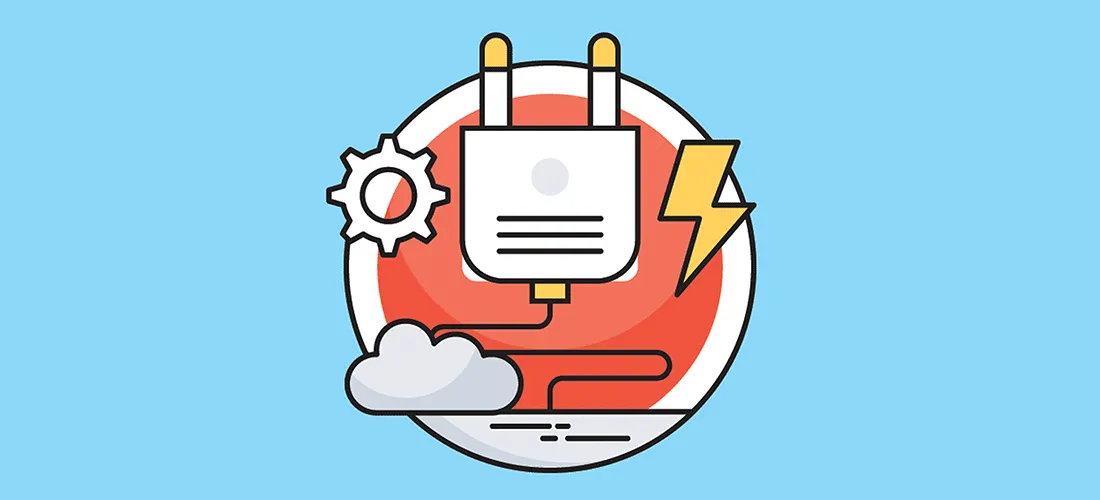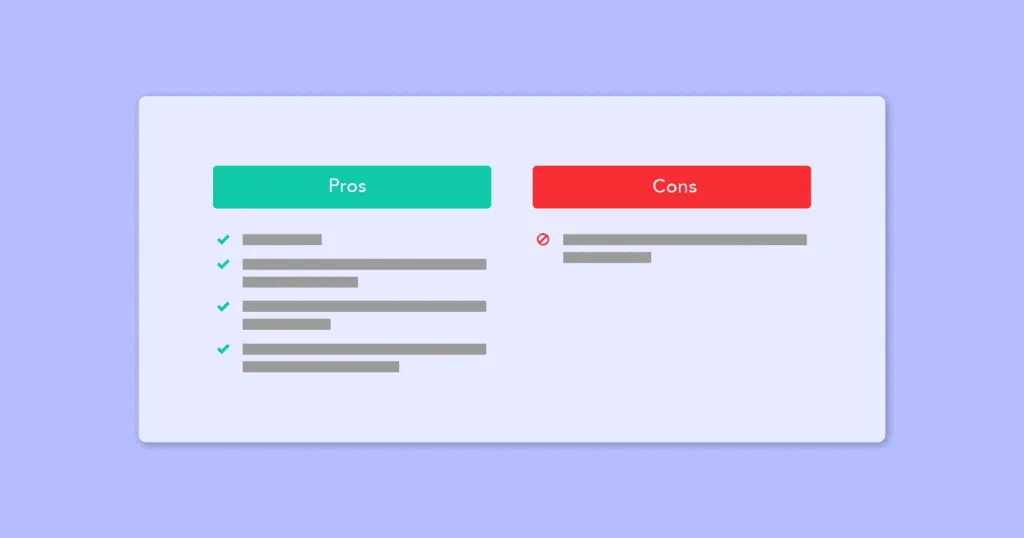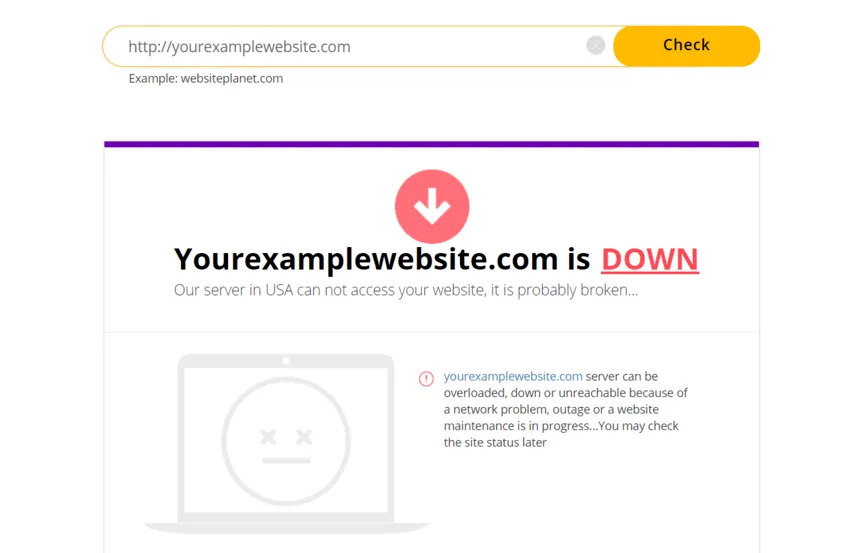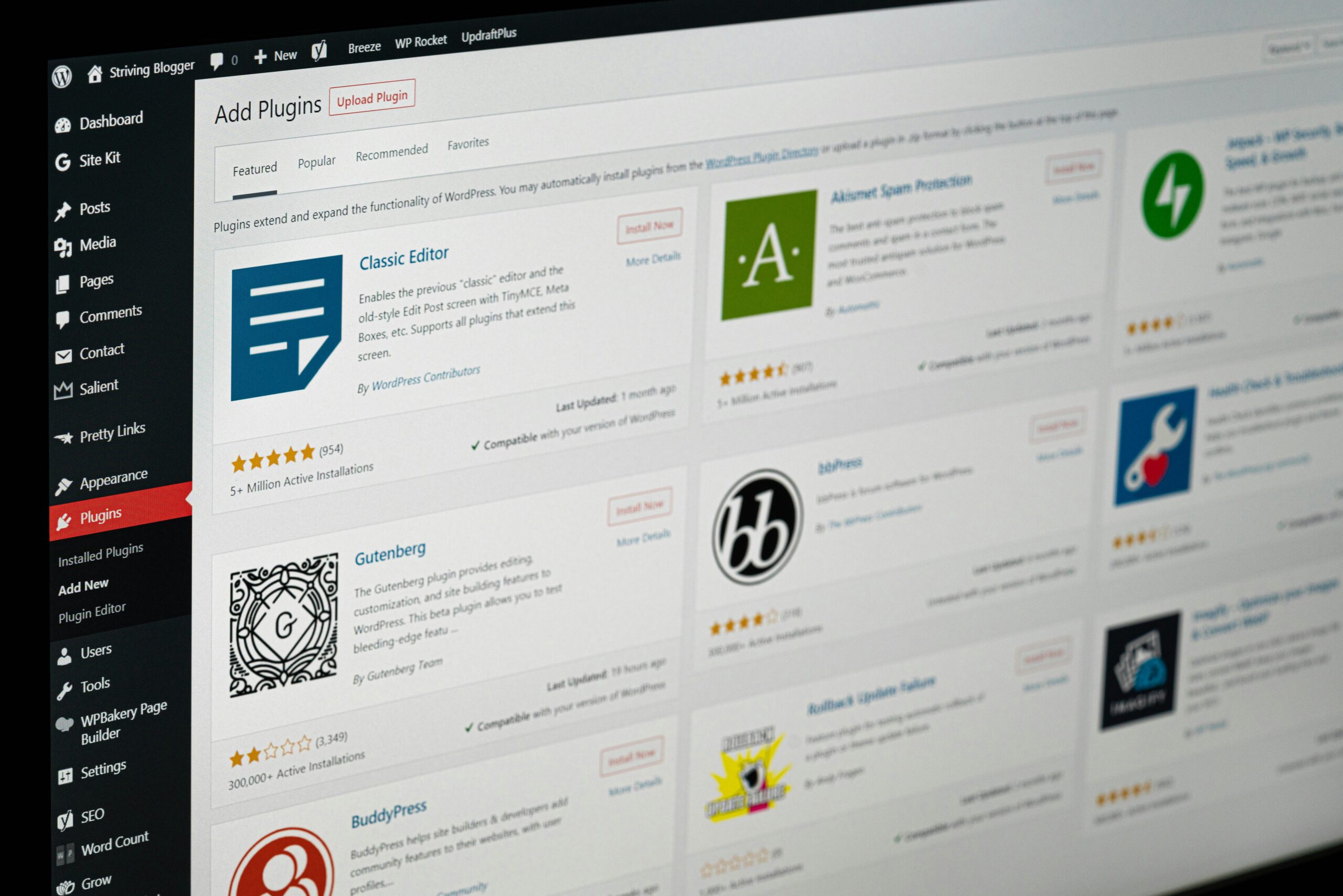Is it Risky to Automatically Update WordPress Plugins?

WordPress plugins are an essential part of any website, allowing users to add additional functionality and features to their WordPress sites. With the constant updates and improvements being made to plugins, it is important to keep them up to date to ensure optimal performance and security. However, the question arises: is it risky to automatically update WordPress plugins?
The Benefits of Updating WordPress Plugins
Before diving into the potential risks, it is important to understand the benefits of updating WordPress plugins. Plugin updates often include bug fixes, performance improvements, and security patches. By keeping your plugins up to date, you can ensure that your website is running smoothly, remains secure, and takes advantage of the latest features and enhancements.
The Potential Risks of Automatic Plugin Updates
While updating plugins is generally recommended, there are some potential risks associated with automatic plugin updates:
Plugin Compatibility
One of the main concerns with automatic updates is the potential for compatibility issues. Plugins are developed by different authors, and updates may not always be compatible with other plugins or your WordPress theme. This can lead to conflicts and functionality issues on your website.
To mitigate this risk, it is important to have a backup of your website before enabling automatic updates. This way, if any compatibility issues arise, you can easily revert to the previous version of the plugin or restore your website to its previous state.
Bugs and Errors
While plugin updates aim to fix bugs and errors, there is always a chance that an update itself introduces new bugs or errors. These issues can impact the functionality of your website and cause unexpected errors or crashes.
To minimize the risk of encountering bugs or errors, it is recommended to test updates on a staging site before applying them to your live website. This allows you to identify and resolve any issues before they affect your visitors’ experience.
Security Vulnerabilities
Automatic updates can be a double-edged sword when it comes to security. On one hand, they ensure that you have the latest security patches installed, protecting your website from known vulnerabilities. On the other hand, if a plugin update contains a security flaw or vulnerability, it can potentially expose your website to attacks.
To address this risk, it is crucial to choose reputable plugins from trusted sources and regularly monitor the security of your website. Additionally, consider implementing additional security measures such as using a firewall, regularly backing up your website, and enabling two-factor authentication.
Best Practices for Updating WordPress Plugins
While automatic updates can be convenient, it is generally recommended to exercise caution and follow these best practices when updating WordPress plugins:
1. Regularly Check for Updates
Stay proactive by regularly checking for plugin updates. This allows you to review the changelog and decide whether the update is necessary or if it may conflict with other plugins or your theme.
2. Backup Your Website
Before updating any plugins, ensure that you have a recent backup of your website. This provides a safety net in case anything goes wrong during the update process.
3. Test Updates on a Staging Site
For more complex websites or those with critical functionality, it is advisable to test plugin updates on a staging site before applying them to your live website. This allows you to identify and resolve any compatibility or functionality issues before they impact your visitors.
4. Monitor Plugin Updates
Keep an eye on plugin updates and reviews. If a plugin has a history of causing issues or has received negative feedback for a recent update, it may be wise to hold off on updating until the issues are resolved.
5. Consider Manual Updates
If you are concerned about the risks associated with automatic updates, you can opt for manual updates instead. This gives you more control over the update process and allows you to thoroughly test updates before applying them to your live website.
Conclusion
While automatic updates can be convenient, there are potential risks involved when it comes to updating WordPress plugins. Plugin compatibility, bugs and errors, and security vulnerabilities are all factors to consider. By following best practices, such as regularly checking for updates, backing up your website, and testing updates before applying them, you can minimize the risks and ensure a smooth and secure website.



